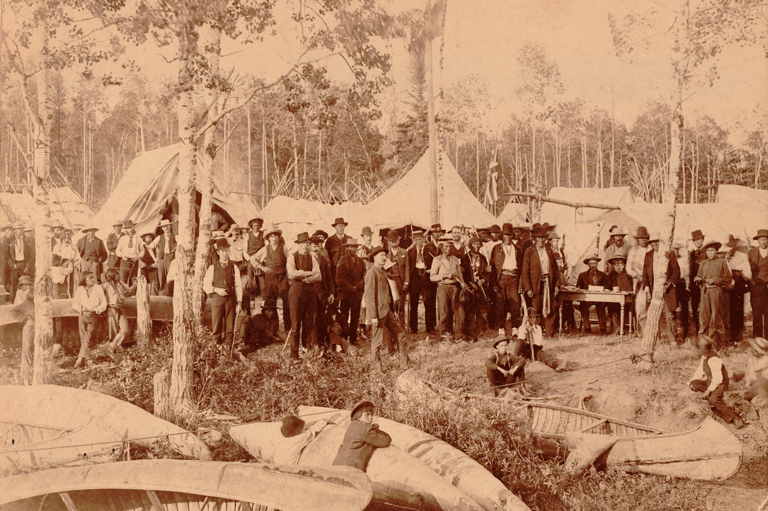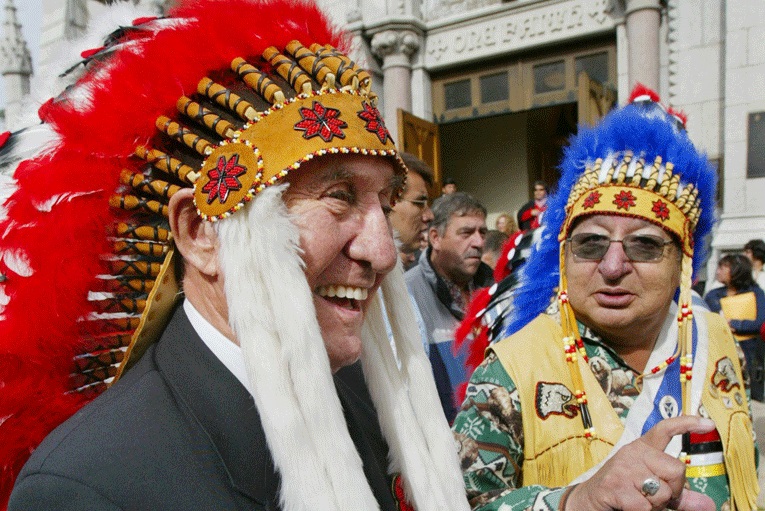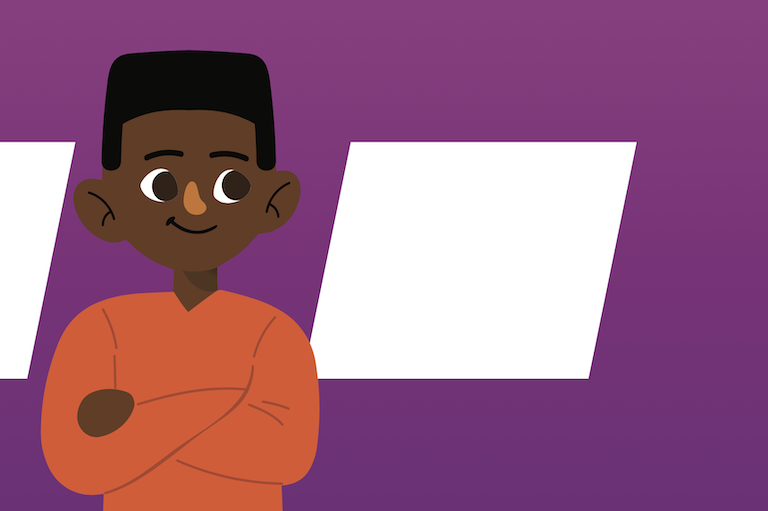Reconciliation Through Revitalization
OVERVIEW
This lesson corresponds with the article “The Big Land, the Kayak and Reconciliation” by Lisa Jane Smith, which starts on page 24 of Remembering the Children. In this lesson, students will explore the concepts of cultural appropriation and cultural appreciation. Discussion time will provide an opportunity for students to understand the difference between appreciating Indigenous cultural expressions, belongings and activities and appropriating them for one’s own use or profit. Students will research contemporary Indigenous people or groups to understand the way they are revitalizing and sharing aspects of their cultures as part of the process of reconciliation.
BACKGROUND
Too often culture has been defined by clothing, food, music, dance and art, which are generally outward expressions of culture. However, culture goes much deeper and includes social, political, spiritual, religious and economic structures. Culture includes how a people view knowledge and ways of knowing. Groups of people live by different values and principles. Listed below are some examples of common Indigenous cultural characteristics. (It is important to note that there are many diverse Indigenous Nations in Canada that have their own ways of knowing, being and doing.)
WAYS OF KNOWING |
WAYS OF BEING |
VALUES AND PRINCIPLES |
|---|---|---|
|
from the land |
equality of all things (plants, animals, minerals and people) |
Elders and ancestors |
|
communal knowledge |
relational |
respect for all things |
|
through oral tradition |
reciprocal exchange |
cultural protocols |
|
through prayer, vision and dreams |
holistic (mind, spirit, body, emotions) |
gratitude |
Note: Indigenous ways tend to treat things holistically, so these concepts often interconnect.
Cultural appropriation is the theft of a people’s culture for the personal gain of someone not of that culture. Colonial, or Western, culture tends to view things as possessions and a capitalist society relies on commodities. Indigenous stories, art forms, knowledge, belongings and cultural practices have long been appropriated (without permission) for economic gain or for the enjoyment of others. Some non-Indigenous people want to participate in Indigenous culture or use Indigenous belongings (such as stories, drums and dances) without having a deep understanding and history of them. Too often, Indigenous belongings are seen through Western perspectives, and cultural protocols, values and traditions are lost, resulting in the objectification or trivialization of these belongings.
Indigenous stories are considered belongings to Indigenous Peoples. A story might belong to a family, a community or a nation. Permission to share the story must be granted and there is a cultural protocol to recognize the person and/or nation from whom the story came. This can also apply to personal stories. Should we tell someone else’s story without asking them for permission to share it?
Because of acts and policies of colonization, such as Residential Schools, Indigenous People’s cultures have been silenced. Many Indigenous people are attempting to revitalize their cultures. The story of the kajak is one great example. Part of reconciliation should be about giving space to Indigenous people to do this work. Non-Indigenous people can learn about Indigenous cultures and support revitalization efforts in any way they can.
ACTIVITIES
PART 1
Have students define and discuss the terms appropriation and revitalization.
appropriation: taking something for one's own use, typically without the owner's permission (Oxford Dictionary)
revitalization: to restore to an active and refreshed condition (Merriam-Webster Dictionary)
To create personal meaning, you may use examples such as:
- A student took their friend’s poem and handed it in for an assignment without their permission. (appropriation)
- You overhear your older sibling tell a story about you that they did not have permission to tell a large group of people. This story was special between you and your sibling and was not meant to be shared with others. (appropriation)
- You find an old cheerleading uniform that one of your parents had when they were in school. Your school does not have a cheerleading group so you make new uniforms and learn some of the old cheers by interviewing past cheerleaders. You put together a group to cheer at school sporting events so you can support the athletes. (revitalization)
- A new student at your school speaks Ukrainian. Your mother is Ukrainian but does not speak the language. After making friends with the new student, they offer to teach you the language. You begin to learn Ukrainian and teach your family as well. You even go online to help you with additional phrases. (revitalization)
Have students view various artworks by Indigenous people in Canada. You can use illustrations in books or create a slide show. Have them share what they observe and feel from the pieces they see.
For examples, look at art by Norval Morrisseau (Ojibwe) in the Eastern Woodland style or art by Roy Henry Vickers. Morrisseau referred to his style as x-ray painting in that you see the exterior and interior of a figure. Vickers often uses superimposed ”shadow images” to add layers of depth, history and myth to his work.
Ask students what it means to appreciate Indigenous art. Ask them what it would mean to appropriate Indigenous art.
Point out to students that they do not have permission to copy the art or the style of work. But they can be inspired by it. They may be inspired by Roy Vickers and the way he creates silhouettes in his work. They may learn more about Vickers and his culture and experiment with his style without copying his artwork. Or they might be inspired by Norval Morrisseau and make a class presentation on his work and impact on Indigenous art in Canada.
Note: Inspiration can also apply to stories and other creative expressions.
PART 2
Ask students to define revitalization (the restoration of that which has been neglected or damaged). Then ask them why revitalization of Indigenous cultures and histories is so important to many Indigenous people (you may discuss concepts of identity, connections, inherent rights, self-determination, etc.).
Explain to the students the way many Indigenous visual artists and people (such as described in the article “The Big Land, the Kayak and Reconciliation”) are revitalizing their cultures through Indigenous cultural expression. Through their actions and work, they are not only revitalizing their cultures but also teaching others about their cultures and histories. Have the students research Indigenous people who are doing something to revitalize Indigenous cultures. Students can share their research in small group discussions, as an oral presentation or written reflection.
Examples of Indigenous people who are revitalizing their culture:
- Snotty Nose Rez Kids — Haisla rap group
- Buffy Sainte-Marie — Cree musician
- Leah Dorian — Métis children’s book author and illustrator
- Kent Monkman — Cree artist
- Natalie Coutou — Mi’kmaq graphic artist and entrepreneur
- Christi Belcourt — Métis artist
- Germaine Arnaktauyok — Inuk printmaker, painter and drawer
- Ostoro Petahtegoose — Anishinaabe and non-binary multimedia artist
- Richard Van Camp — Tłı̨chǫ Dene writer
- Alan Syliboy — Mi’kmaq artist
- Lance Cardinal — Cree artist and designer
Note: Students can also choose local Indigenous people that they know. There may be visual artists, basket makers, dancers or athletes who could come to the classroom and speak about how they are revitalizing their culture.
CONCLUSION
This lesson can be expanded for students to explore other ways Indigenous people are revitalizing their cultures. Language is key to the revitalization of Indigenous cultures as language holds cultures within it and expresses how a people see their reality or world. Students could learn a few words or phrases of the local Indigenous language (with permission, as Indigenous people can view their language as so sacred you need permission to speak it, particularly in public).
Themes associated with this article
Advertisement




